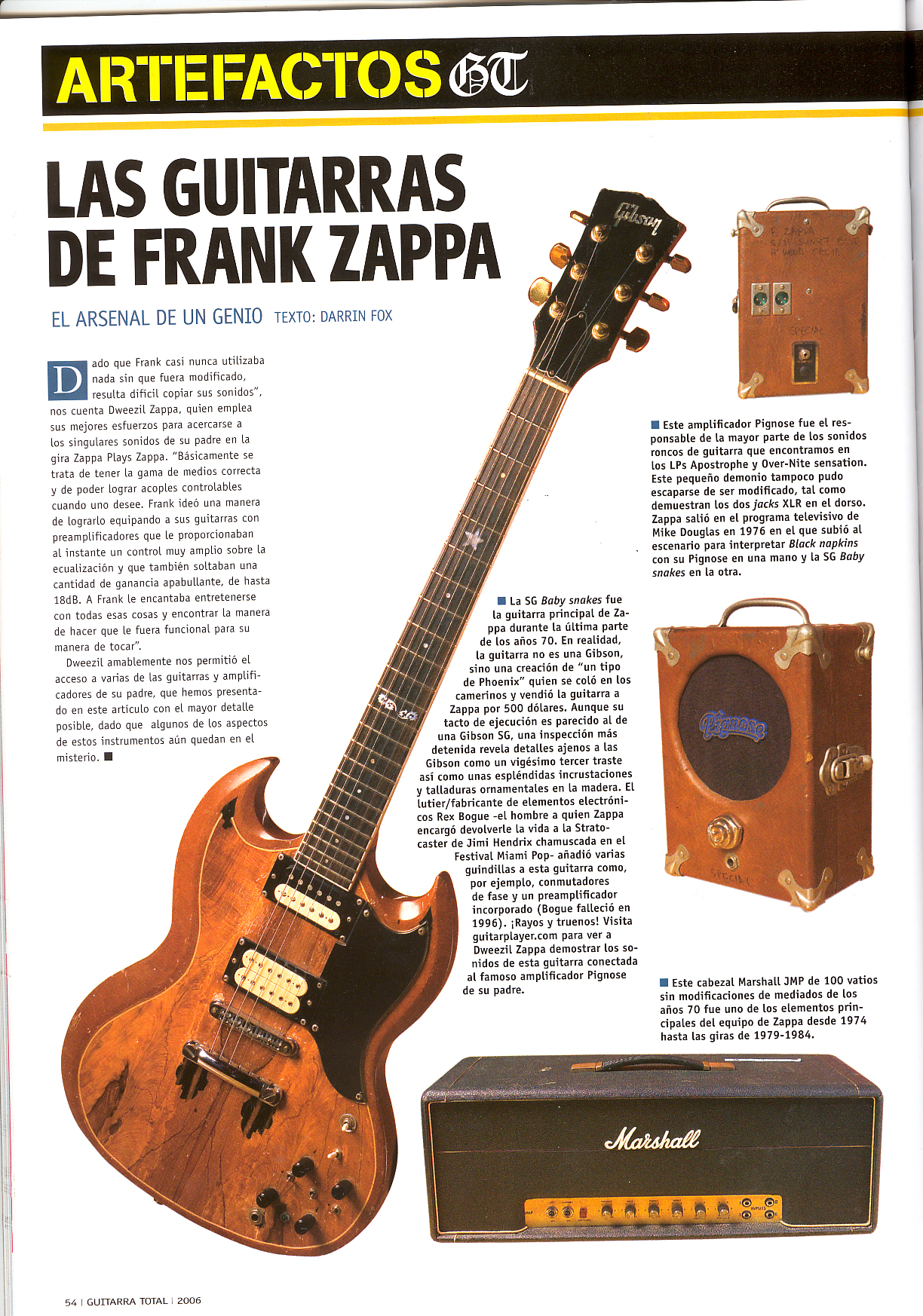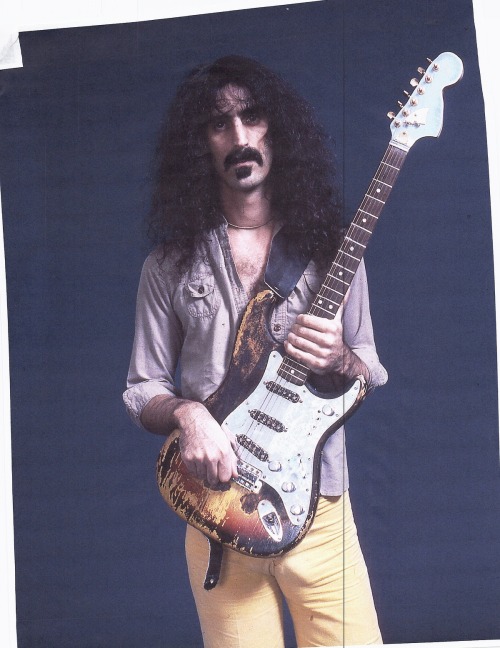When I lived in Middletown, Ohio the best music store around was Moeller Music.
Recalling those guitars reminded me of an episode of The Porter Wagoner Show that I saw on television years earlier. Porter was talking about the Grammer guitars that he and Dolly Parton were both playing. He played a dreadnought version and Dolly had a small (baby) version and Porter probably got some compensation for this plug.
I have never seen another Grammer or played one since those days 30 years ago. As I recall, they are not only nice players, but extremely well made as well.
Billy Grammer was a serious and well known Country artist of the 1960’s. He played guitar and sang and was also was a good businessman. One of his life’s goals was to build the perfect flattop guitar.
Billy’s most recognized gig occurred in 1955 when he was hired to play guitar in the Jimmy Dean band for Jimmy’s CBS TV show. Billy was hired to replace Roy Clarke, who was sacked for being perpetually late to work.
Prior to this job, Grammer backed up such country artists as Hawkshaw Hawkins, T. Texas Tyler, Clyde Moody and Grandpa Jones.
Eventually The Jimmy Dean Show moved to New York and Grammer was left without a job.
A friend in the music business was starting a new label, Monument Records, and he hired Billy Grammer as their first artist. It was there he recorded a hit record. It was a remake of an old folk song called “I Gotta’ Travel On.” Grammer recorded the song in Nashville and it was released around the time of the resurgence of folk music aka The Great Folk Scare. I Gotta' Travel On has gone on to be one of the most recognized and popular tunes ever recorded.
The lead guitarist on the recording was Chet Atkins, Floyd Kramer, bass player Bob Moore, drummer Buddy Hardin, the Anita Kerr singers and the Jordanaires provided backing vocals. The song went on to become not just a Country hit, but a Pop hit as well.
Grammer had a dream about building the perfect guitars. In 1964 he decided to get serious about his dream of creating the perfect guitar. This was the beginning of the guitar boom. Guitars were a hot item. Every kid in the world wanted to be the next Pop or Country idol.
Billy ponied up $18,000 to purchase controlling interest in a venture with Nashville music store owner Clyde Reid and Nashville luthier J.W. Gower. Together they formed the R, G, and G Guitar Company.
Grammar began his quest to create a great guitar by sawing his personal guitars, a Martin D-18 and a Gibson J-45 in half to inspect them. Indeed, they were inspected at length. With help from a friend named Fred Hedges, Billy put together dimensions for his perfect instrument.
It was trial and error for a while, but he and his team came up with a guitar design and bracing pattern that he felt encompassed the best features of both the Martin and Gibson. Guitar #1, the first prototype was finished in March of 1965.
Members of the Gower family, Fred Hedges, and Clyde Reid were enlisted and hired for the venture. Power tools, lathes, drum sanders and other wood working equipment was purchased on the company went on to replicate the prototype.
The factory was building one complete guitar every day.
The first serial number on the first production Grammer was 1001. There were approximately 1000 guitars produced by Grammer during the production years 1965 to 1968. The first 70 production guitars came with a mustache bridge and a head piece that was wider at the corners than the later guitars, which featured a crown bridge and
dark triangular shaped insert at the base of the body.
There was no binding on the neck for the Grammers built by RG and G. The binding and inlay were added by a California company called Vitali. One of the signature feature of a Grammer is two vertical lines of abalone going down the neck.
Strap knobs on the base of the neck were standard. Grammer used Sitka spruce for the sound board material.
The back and sides were Brazilian rosewood, flamed maple or striped mahogany. Fret board materials were rosewood or ebony.
Some guitars were finished with unusual patterns of red, blue, purple, yellow and green bursts. Many Grammers came with a natural finish. Grammers sported Grover tuners and later models came with Schaller tuners.
The first Grammer guitar offered for sale bore serial number 1001. There were approximately 1000 Grammer guitars built between 1965 and 1968. These are essentially handcrafted flat top guitars of the best quality ever made. The Grammer guitar was gaudy on the outside, but seriously well built with an excellent sound.
The Grammer guitar number 1001 is in the Country Music Hall of Fame in Nashville, Tennessee.
Most Grammers are approximately 15 and a half inches wide, 5 inches deep and have a 24 and a half inch scale. They all had oversized pegheads, large pickguards and bridges.
The finishes were quite unusual, especially for those conservative days. The guitars were finished in blue, yellow or green sunburst and of course natural spruce.
Throughout his partnership in the guitar company, Billy Grammer continued to tour and record. Running a business and being a Country artist eventually caught up with him.
It was in 1968 when R, G, and G guitars sold out to the Ampeg Company. Terms of the contract included a royalty payment on every guitar sold and a reversion clause should ever decide to stop building Grammer guitars.
You can easily distinguish an Ampeg built Grammer guitar from just looking at the logo on the headstock. Original Grammer Guitar have a large letter “G”, while Ampeg made Grammers have a lower case letter “g” on the peghead spelling The grammer guitar.
Grammer was happy about the deal since he could retain the name and he was to make a 5% royalty on every guitar sold.
In an effort to boost sales, Ampeg gave away Grammer guitars to well known artists. This is something Billy Grammer would never have done.
Though the Ampeg Company was in great financial shape, they did not provide the necessary resources to the Grammer factory in Nashville. It was obvious this was a very bad deal.
It was not long before Ampeg sold the Grammer business to a man named Ralph Fielding in 1971.
And it wasn’t very long before Mr. Fielding lost his assets due to defaulting on a construction loan.
Steel guitarist Roy Wiggins acquired the company but could not revive it.
In 1972 the remaining assets of the Grammer Guitar Company were auctioned off to pay business taxes.
Nashville resonator guitar builder Tut Taylor and his son bought everything but the name. This included the equipment, remaining materials and the lease on the building.
Tut Taylor’s son, Mark, continues to build exquisite guitars under the name Crafters of Tennessee.
Billy Grammer continued playing music. He died in August of 2011 at age 85.




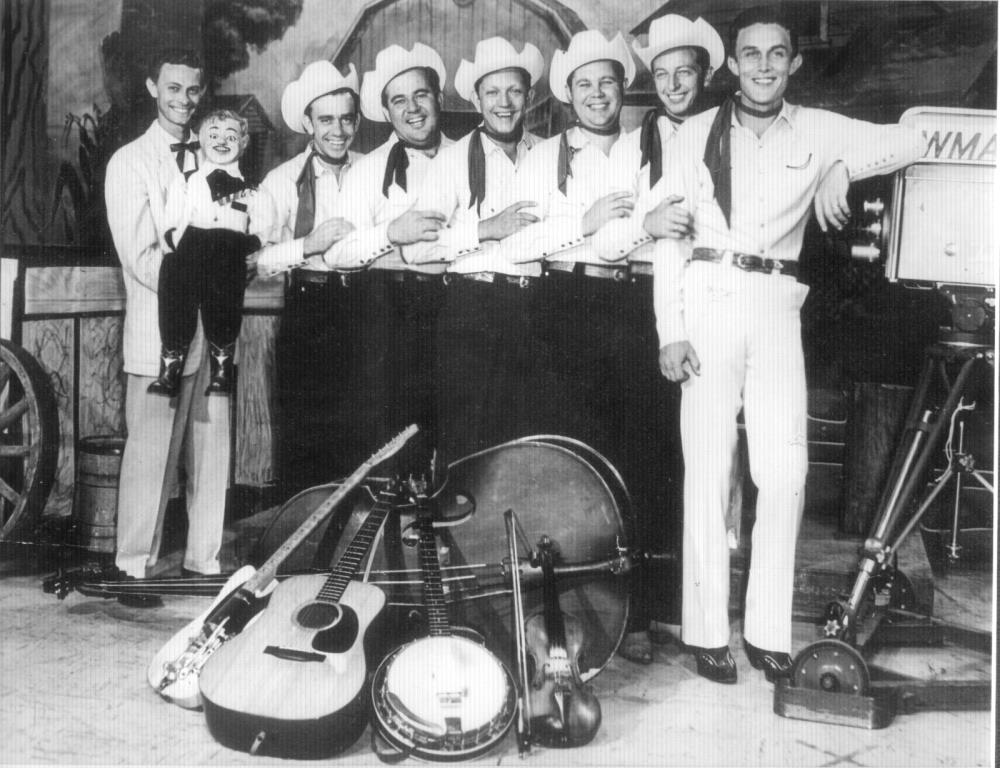































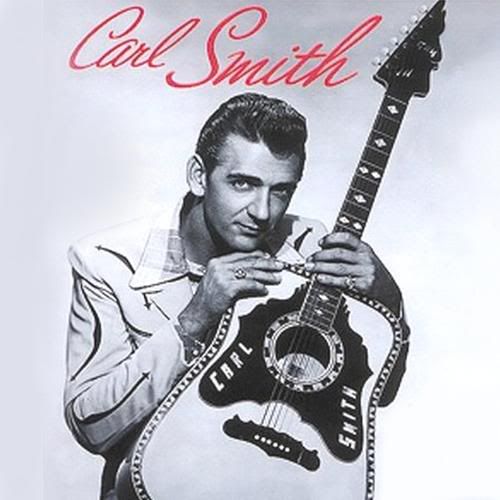

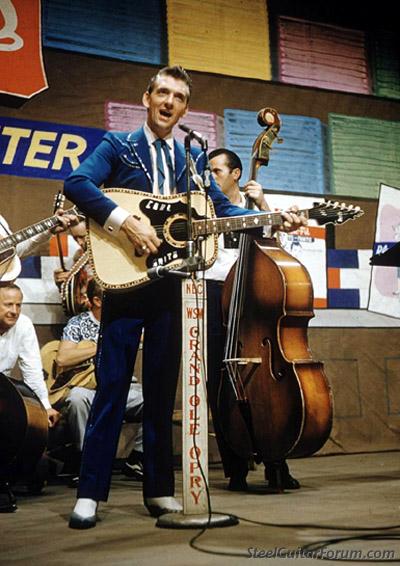

.jpg)








